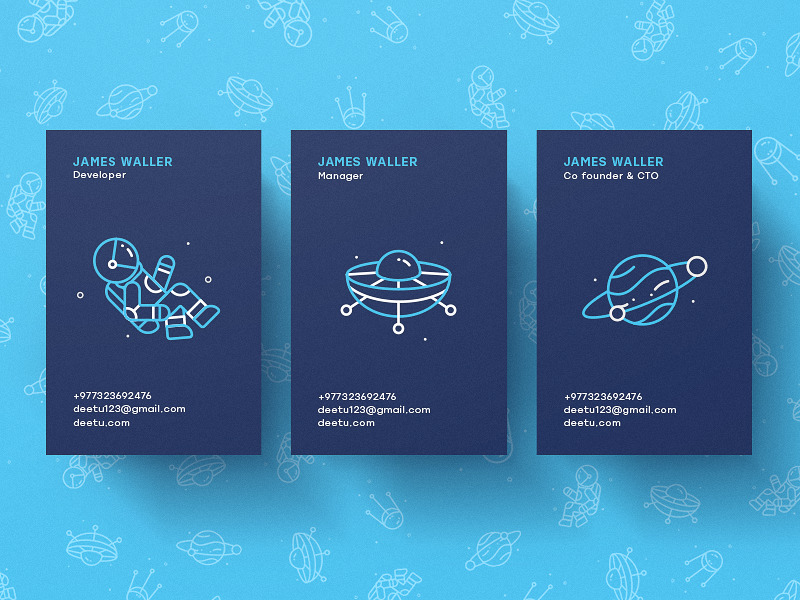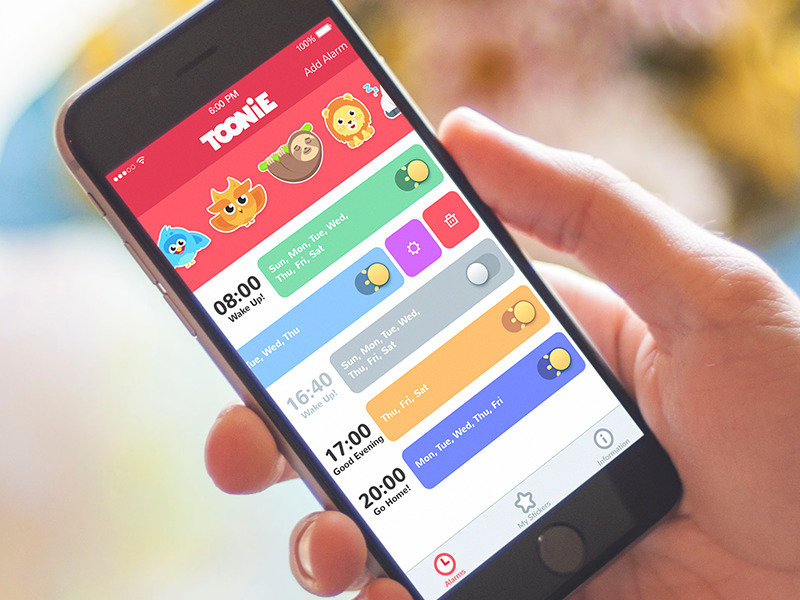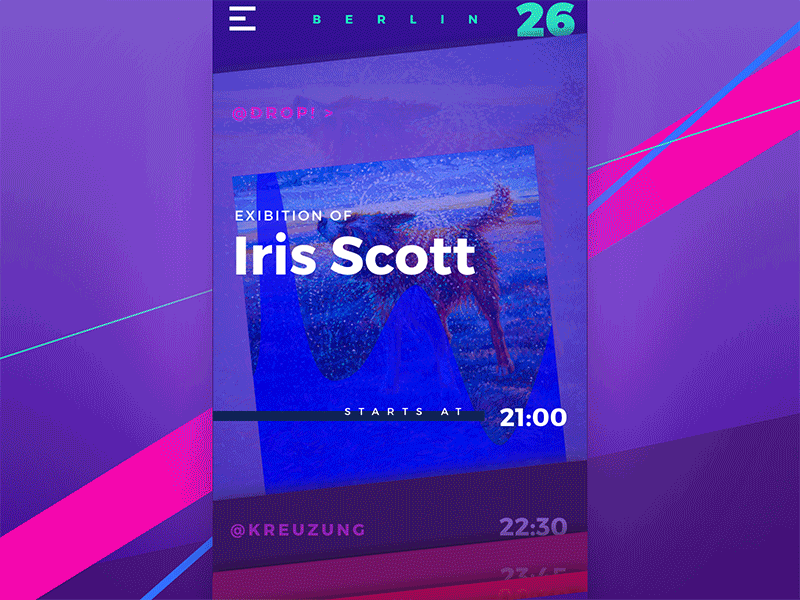Design for Business Goals: Explore the Target
Design for Business Goals: Explore the Target The article focused on the close link between design and marketing as well as the aspect of setting the target audience and analyzing it for design with business goals.
A successful business is never a simple game: it is the complex mechanism and to make it work, we have to know the factors of influence and methods of their effective combination. Design is definitely one of those secrets which can have a great impact on profits and promotion. Moreover, this is the coin of two sides, because the real design is not only about the nice skin and stylish look but also about functionality and utility.
Earlier we have already published the glossary posts with key notions for the topics of business terms and abbreviations useful for designers as well as highlighted some aspects in more details in the free ebook “Design for Business”. This time let’s add some deeper insights into the essence of setting and exploring the target of the product and the mutual influence of design and marketing have on each other.

Marketing
“Marketing is a contest for people’s attention”. Seth Godin
Definition. In general terms, marketing is the set of studies and methods devoted to the management of exchange relations. Basically, it is the multi-layered process whose aim is to connect the products with the customers. It can involve the variety of advertising and promotional activities, market and customer research, organization of sales, direct and indirect communication with the target audience. In terms of tough and diverse competition in most markets nowadays, marketing is the strategy and the trophy to achieve is users’ and customers’ attention.
Design aspect. Design and marketing have been supporting each other for many decades, so there are two basic directions of their connection.
The direction from marketing to design means involving techniques of marketing into the design process from the early stages of product creation or updates. The cases when marketing strategy is thought out from the stage of ideation on the future product makes the design even more meaningful: not only do designers create the product solving users’ problems or satisfying needs, but also set the channels and ways how the product can be noticed by the customer, how it can get interesting for a target user and what are the ways to show its benefits effectively. Knowing all that stuff, the designers can find the appropriate UX – the logic of the product and UI – visual presentation of its features. Each tiny element or aspect like the color or shape of a button to the global approach to color palette, the choice of fonts and the space between elements on the page or screen, every transition and micro-interaction designed properly and applied wisely can have a huge impact on the success of the product and its ability to fulfill the business goals.

Web design for e-commerce: Vinny’s Bakery
Moreover, it must be said that high-quality user-friendly product is the best marketing strategy. That is why design plays a crucial role as it creates the features and the wrapping able to attract users and engage them, spark the wish to use it again, and make it helpful so that users could have a solid reason to love it.
The reverse direction from design to marketing means that design itself becomes a powerful way to present the product or even the person on the market. Design solutions applied for creating commercial, corporate, or personal identity through branding become the foundation for the marketing strategy, in most cases starting from the moment when the product gets its sign of distinction such as logo or icon. Designers create visual support of the promotional campaigns from posters, leaflets, and brochures to complex sets of branded items and corporate interior style of point-of-sales. As long as people are the creatures of not only physical but also social and aesthetic nature, the design is going to take a big part of any business success.

Corporate branding: design of business cards
Anyway, marketing is the point where people who create the product and those who build the bridge between the product and the customer should have the same goals: to provide users/customers with something that will be helpful and satisfying their needs. To do that, first of all, it’s important to set the group for which it is created and analyze what its preferences are.
Target audience
“In sales there are going to be times when you can’t make everyone happy. Don’t expect to and you won’t be disappointed. Just do your best for each client in each situation as it arises. Then, learn from each situation how to do it better the next time.” Tom Hopkins
Definition. The term “target audience” comes from the spheres of publishing, in which it means the readers intended for the particular book or edition, and marketing, in which it sets behind the group of customers potentially interested in the particular product or service. The quickly developing sphere of digital products such as websites or applications absorbed this term immediately meaning the audience which presents the potential users of the specific app or website.
Certainly, for many creators, it can be hard initially to find out what their target audience is: they would like this product to be used and loved by everyone. Still, in real life, it’s a sort of utopia which can become a death knell for the product. Selecting the core target audience and then, if needed and possible, broaden the abilities of the product to make it attractive and useful for the broader circle of users in many cases proves itself as a much more successful and effective strategy. Setting the priorities, it’s easier to concentrate on key functionality and make it faster than trying to satisfy everyone at once.

App design for wedding planner
Design aspect. As we mentioned in the ultimate guide to creating a mobile application, user research, and market research are highly advisable to be done at the start of the creative process to provide the designer or the creative team with understanding what their target audience is:
- -what their interests and wishes are
- what kind of communication and lifestyle is convenient and common for them
- what problems they have and which of them the designed product solves
- what are the typical environments when they use this kind of products
- where they could get the information about the product
- what could stimulate them to try the product
- what could engage them to get back to it again after the first experience
- what could involve them into using the product on a regular basis
- what could make this product different from the others on the market for the target users.
Joel Anderson said, “You can’t just open a website and expect people to flood in. If you really want to succeed you have to create traffic.” Design is one of the powerful methods to do it, especially in cases when it’s strengthened with appropriate copy and general content selection. Creating custom graphics, supporting microinteractions with motion, writing clear, concise and informative copy, choosing readable fonts and nice color combinations, setting landing pages for specific purposes instead of sending the user to the tons of information on the home page of the website, you can directly attract and create traffic that will give profits and support the thriving business.

Funny and bright design for Toonie Alarm

Minimalistic and elegant design for Upper App
Targeting
“You can’t wait for customers to come to you. You have to figure out where they are, go there and drag them back to your store.” (Paul Graham)
Definition. Briefly, targeting is another term from marketing widely applied in the sphere of digital design. It is usually associated with the strategy and techniques of the particular target audience to find the best and the shortest ways to attract their attention to the particular product.
Design aspect. The scheme is very simple: when you shoot without seeing your target, the chance that you will score exists but its miserably slim. If you shoot seeing the target, the chances grow. The closer you come to your target, the higher becomes the possibility of hitting the mark.
This metaphor successfully works in both marketing and design. Having set who the potential user of the designed website or app is and researching the basic and extended data about this group of users, designers are able to create the solutions which will get close to the user along one or several factors. Let’s briefly review what aspects and factors can influence this process setting the directions of targeting.
Geographic targeting. Location of the person is important to set the cultural background as well as the natural environment of using the product. It means that even one product can be different in some visual features or operational performance to satisfy users from a particular country or region, up to having different names to sound more catchy or informative on the local market.
Gender targeting. If you know that your target audience is mostly men or mostly women, this kind of data can have a great impact on design solutions based on the psychological and perceptional differences. Even such a basic aspect as the color choice can be highly influenced by the gender of the core target audience.
Psychographic targeting is grounded on knowledge of motives that move the user to try this type of product. It is based on a deep knowledge of the typical lifestyle, interests, etc.
Demographic targeting happens when creators and marketers are focused on catching attention and involving a particular demographic group, for example, based on age, ethnicity, income, qualification, marital status, having kids, etc.
Behavioral targeting is based on defining the target audience along the particular models of behavior, for example, young adults regularly visiting night clubs or people buying coffee and drinking it on the go.

Understanding the process and methods of targeting and getting this sort of knowledge enables designers to choose the shortcuts to users’ needs and wishes. That is why in cases of outsourcing design it’s highly advisable to take all the chances of getting maximum possible information about the potential users and business goals from the customer. One of the good methods is creating user personas, user stories, and user cases, on which we will give more details in our next posts.
Recommended reading
Hopefully, these insights will somehow help designers to get closer to the market creating goal-centered products for various businesses. Before soon, we will definitely provide you with new posts and thoughts on this theme, meanwhile here is the list of recommended articles that could be helpful.
Personas Make Users Memorable for Product Team Members
5 ways design and marketing can work together better
One Persona to Rule Them All
Designing for your target audience
Matching site design to your target demographic
Short but Vital. Key Abbreviations in Design for Business
The Importance of Design in All Marketing Campaigns
Originally written for Tubik Blog
- English
- Ukrainian



